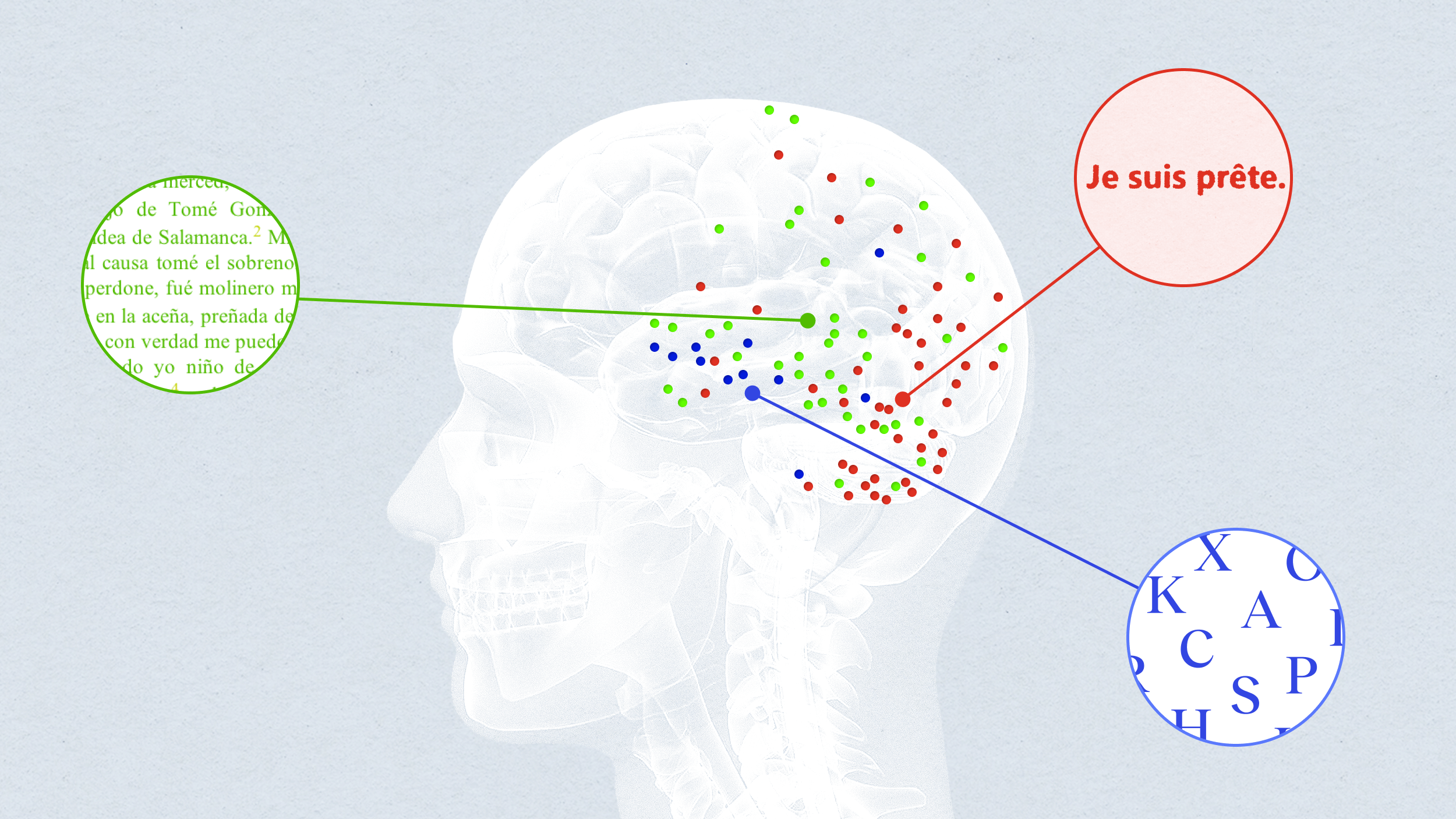Dr. Marc Bessler explains when it is advisable for obese patients to undergo surgery.
Question: When is surgery advisable as a treatment for obesity?
Marc Bessler: Necessary, valuable, appropriate, those are different questions perhaps. I think that once you reach a BMI of 35 and have medical problems, it’s pretty much agreed upon that at that point surgery is a valuable thing. Above a body mass index of 40 or above a BMI of 40, surgery becomes worthwhile and potentially valuable again and the reason for that is the mortality associated with being a BMI of 35 or above is double to triple the base line mortality for otherwise relatively healthy people between the ages of 20 and 55. So if you’re 30 years old and you’re more than a hundred pounds overweight, your risk of death is double what a normal weight 30 year old’s risk is and the risk of surgery is lower than your risk of dying from your disease which is obesity or overweight. Obesity is the number one cause of death after smoking, preventable death, sorry I should say that again. Obesity is the number two preventable cause of death in the United States, after smoking. So if you can get your weight down, we now know that you can reduce your risk of death due to obesity. Obesity causes heart disease, diabetes, certain cancers and people die younger from the diseases that obesity leads to and therefore weight loss we now know, if it’s maintained can cause improved health but also improved length of life. So you might say that obesity should be considered a reason for surgery if you meet those criteria, BMI of 35 with medical problems or over 40. Truth be told it’s not right for everyone and if you can’t work with it, you’re not gonna have good success. Obesity surgery is a dieting aid in truth, it doesn’t do anything magical to change that equation I told you about, intake, burning calories and the balance between the two. What it really does is help you reduce your intake, it makes you feel full sooner, it helps you control your hunger so that you can stick with fewer calories and most people find it supremely helpful. The average weight loss from the current operations is way greater than weight loss from dieting and it’s maintained long term and we can talk about the specifics of that as we go along. So surgery is indicated currently for patients with a BMI over 35 with medical problems or over 40 without. But those recommendations are a little bit outdated I believe, there’s still the currently medical acceptable numbers but we now know that diabetics have a four to five times mortality compared to non diabetics and we also know that these operations can cure or put diabetes into remission in a high percentage of patients. So that it’s possible and likely even that if you have a BMI of 30 but you’re diabetic these operations might be very valuable at getting rid of your diabetes and increasing your life span. It may also be that some of the safer operations, some of the less risk operations are appropriate for some lighter patients. So a BMI of 35 without medical problems might be appropriate for some of these operations although currently those aren’t standards of care yet.
Question: What surgeries are available to treat obesity?
Marc Bessler: Well that’s something you gotta really talk to a well-informed doctor or surgeon about but I’ll give you the basics. These operations are broken down vaguely into two categories, restrictive operations which are designed to restrict the amount of food and what’s called malasorbative operations or operations designed not specifically to restrict the amount of food but how your body interacts with and absorbs that food. None of these operations are pure in those categories truly. But there’s these restrictive operations, the most common of which now is an adjustable gastric band, which is a ring that goes around the top of the stomach, partitions the stomach into a small part at the top and the rest of the stomach at the bottom and the ring, the size, the diameter of the ring is controllable remotely and we can tighten it up to decrease the emptying of that small pouch, small pouch fills up, you get a sense of fullness, we control the emptying so you stay full for a while and that helps you eat less. Obviously it doesn’t control milkshakes and chocolate and soft foods because soft foods will always go through that small hole. So restrictive operations are very good at making you feel full from small amounts of solid foods, restrictive operations in someone who’s having a pint of ice cream every night as the reason for their being overweight is not really gonna be very helpful. So that’s adjustable gastric banding, then the next most common operation is something called gastric bypass, a little bit more complicated operation, a small pouch is cut out of the top of the stomach and that pouch is emptied directly into a piece of intestine, so it goes bypassing the stomach, directly to the small bowel and that changes the way the body reacts to food, it changes the hormonal response to the food, to make you feel full much more quickly, not by stretching the pouch as much as by signaling your brain that they intestine feels like it’s got enough already and that operation works better perhaps than banding to cause weight loss initially. It also helps people stay away from fats and helps people stay away from sweets because those things cause negative reactions in patients who’ve had a gastric bypass, causes some discomfort, sometimes sweats, sometimes aches, sometimes even diarrhea. So people will stay away or learn to stay away from those types of foods. On average adjustable gastric banding causes people to lose about 50% of the excess weight that they carry and a gastric bypass causes about 70% weight loss of the excess weight they carry. There are some other operations more aggressive operations that don’t let you absorb the number of calories that you eat, those are small percentage of patients might be appropriate for. Then there’s some up and coming operations that involve removing portions of the stomach to cause less volume to be able to be eaten without an actual restricting ring and then there’s some experimental stuff coming down the line, some of which we’re involved with that involves doing some of these things from within the stomach, not actually operating but going down the mouth into the stomach and trying to cause a restriction from within the stomach or a bypass even from within the stomach with devices and those are interesting, they’re not fully cooked yet but they’re coming along the way.
Recorded on: 6/16/08





